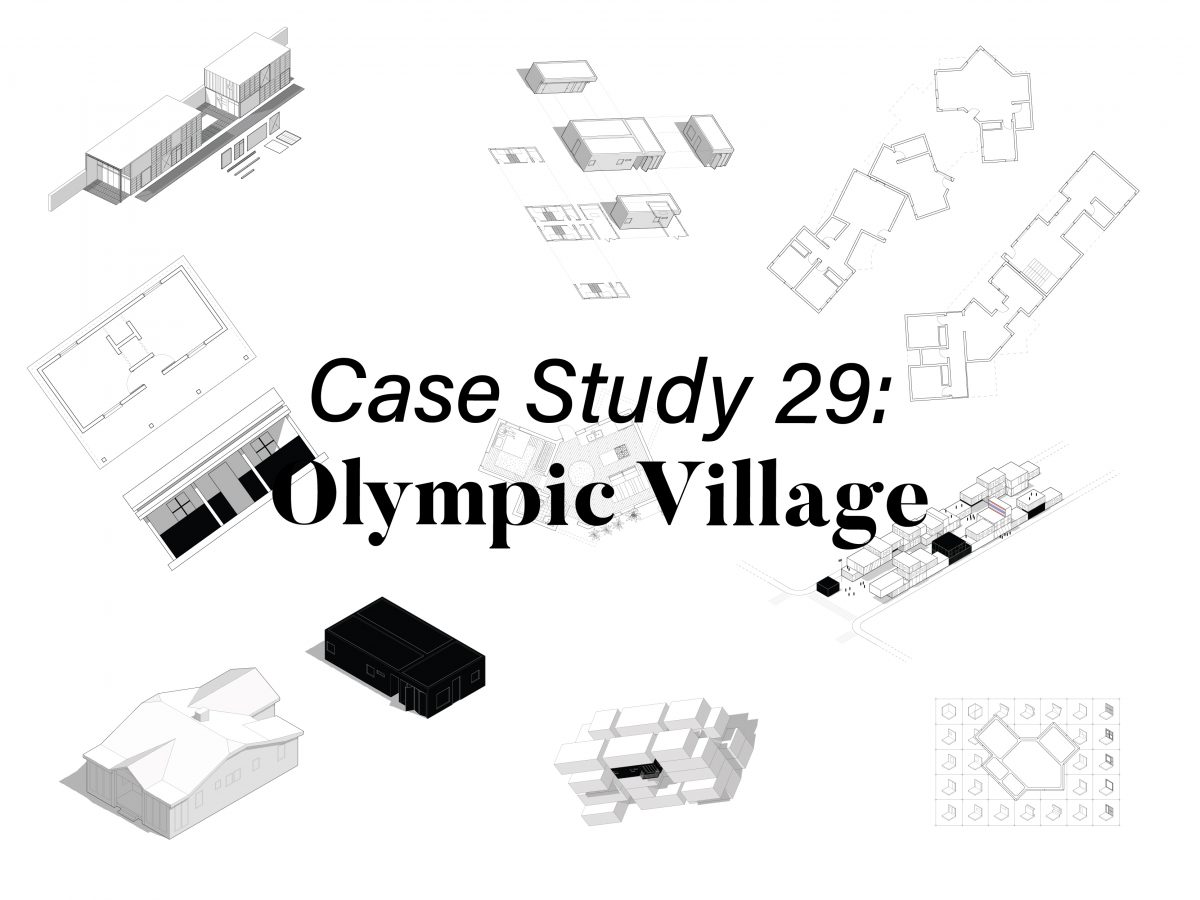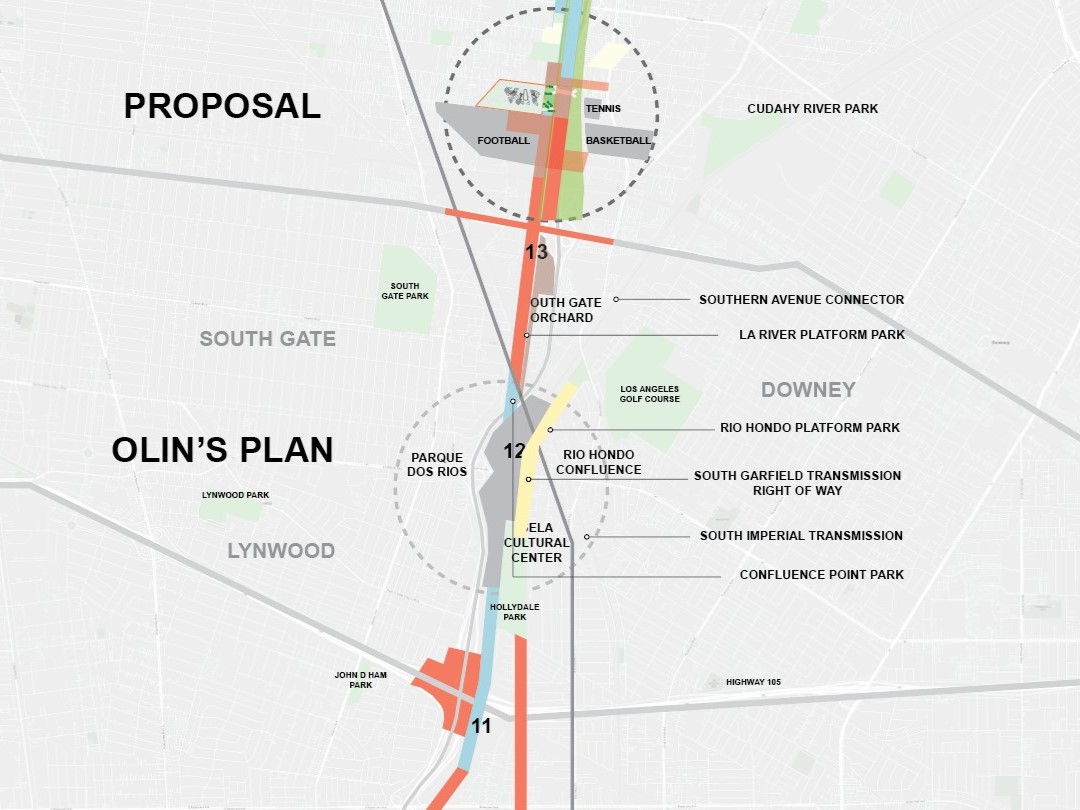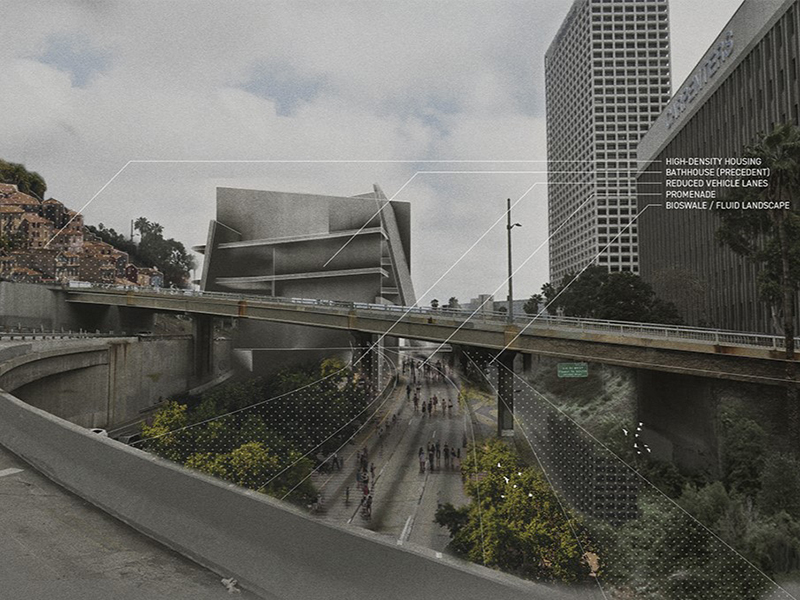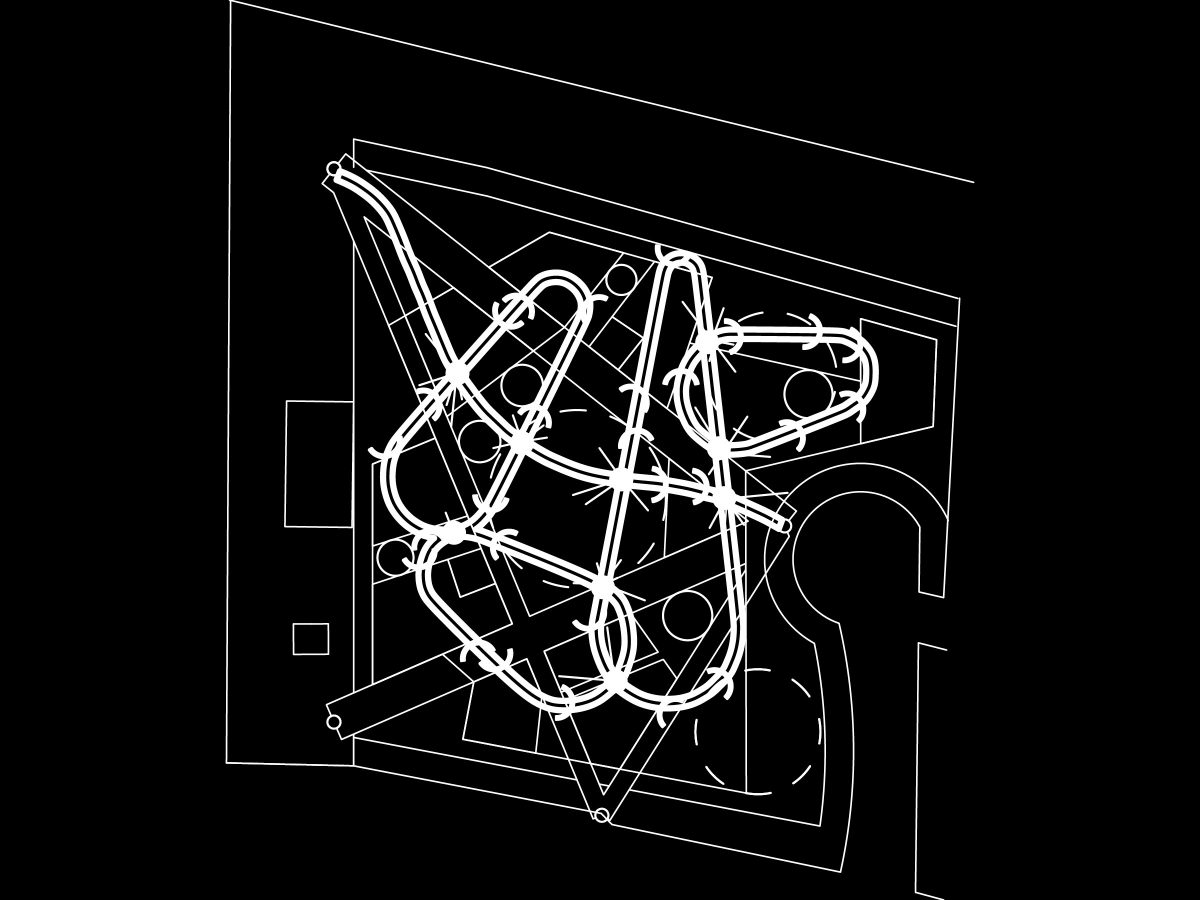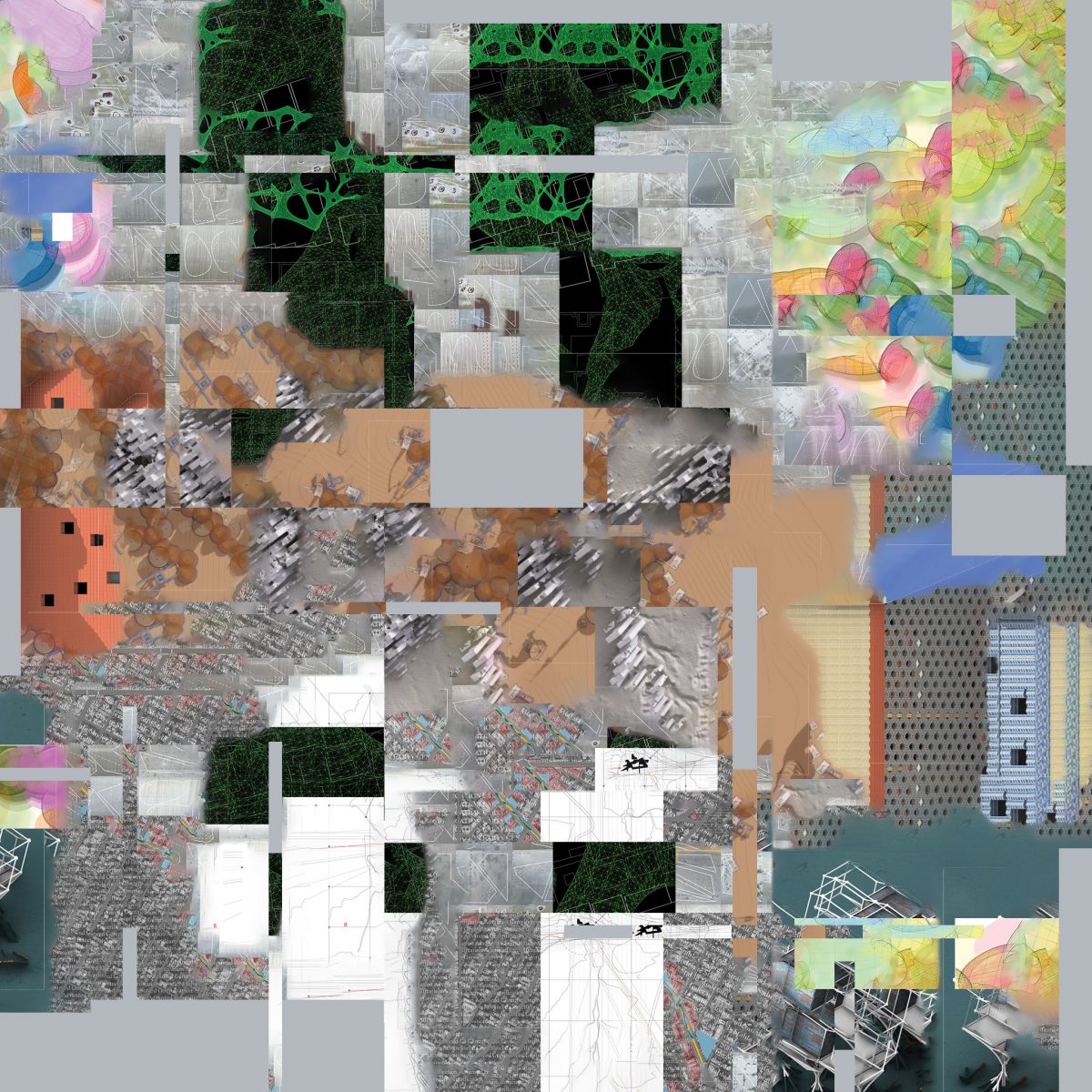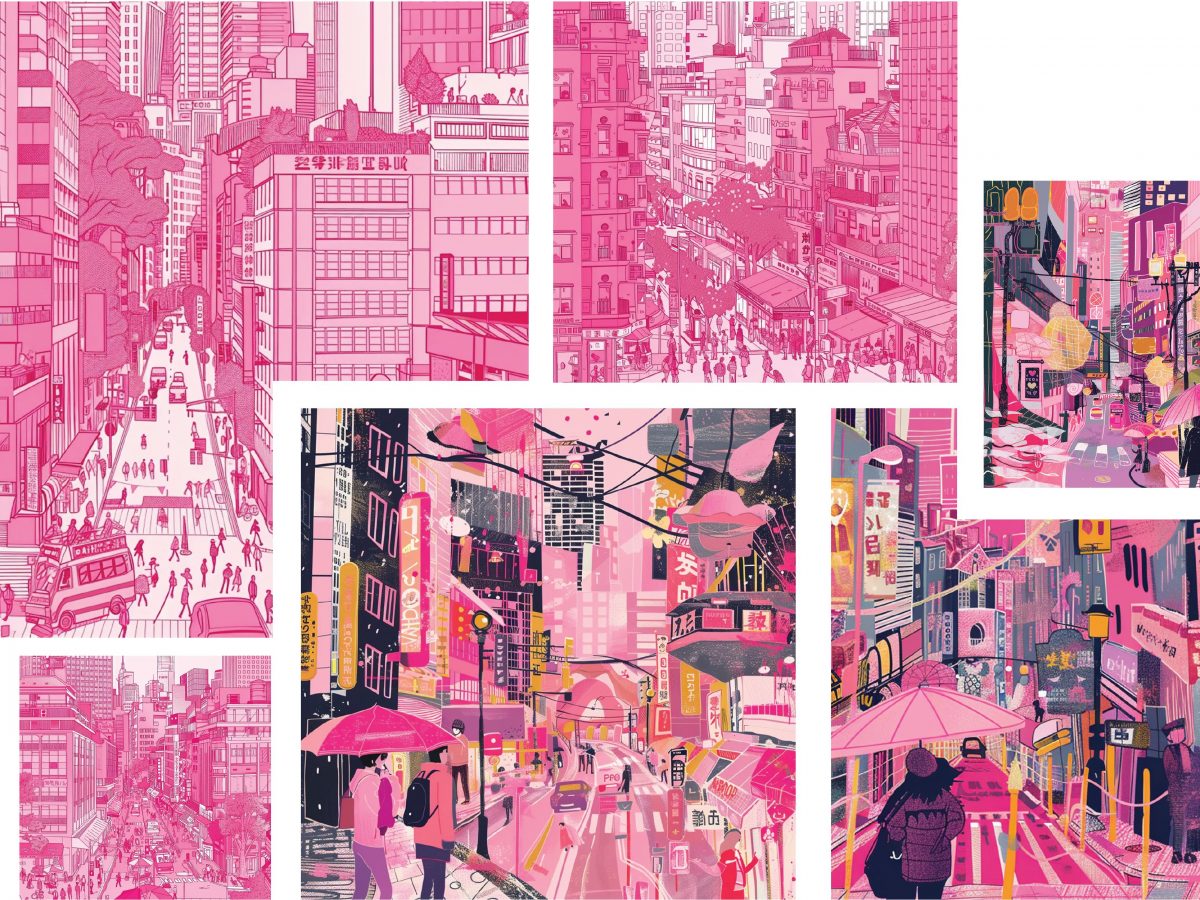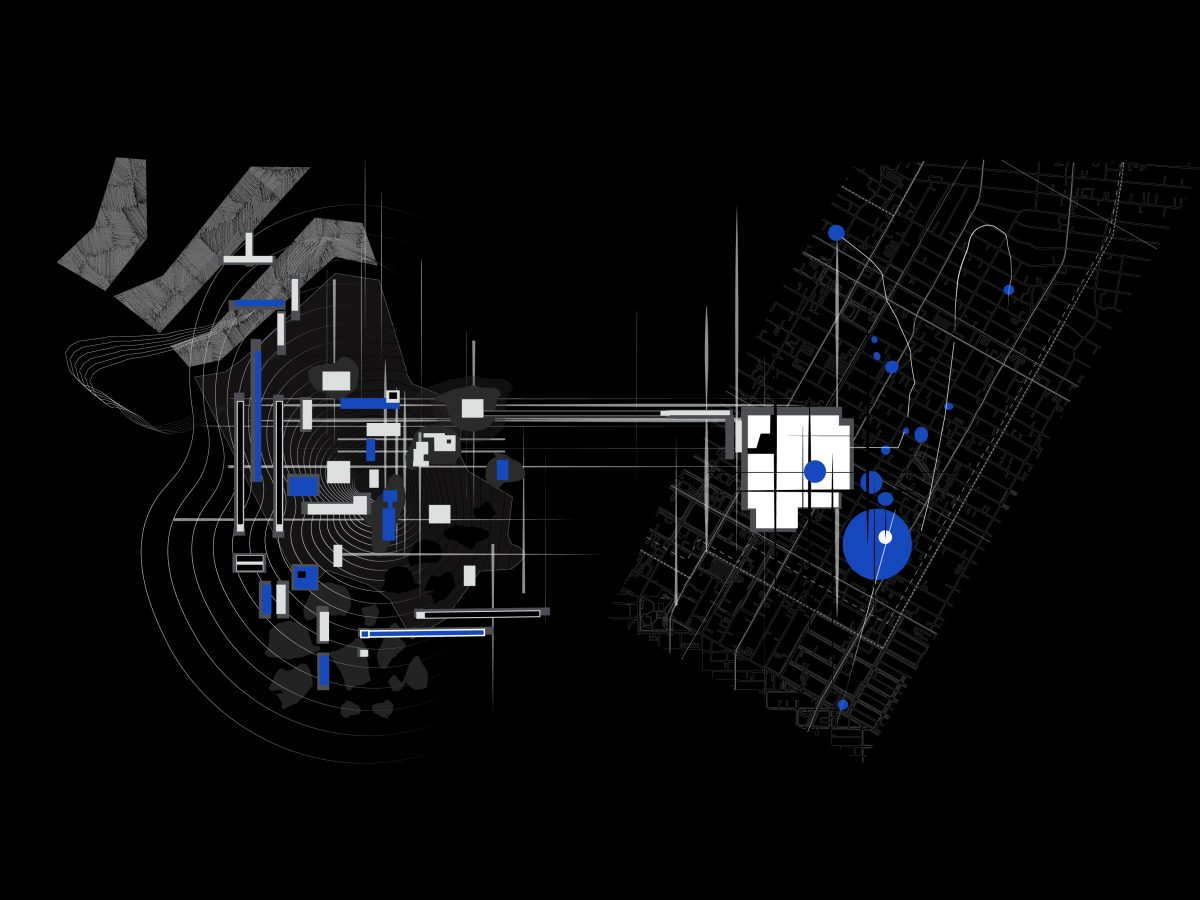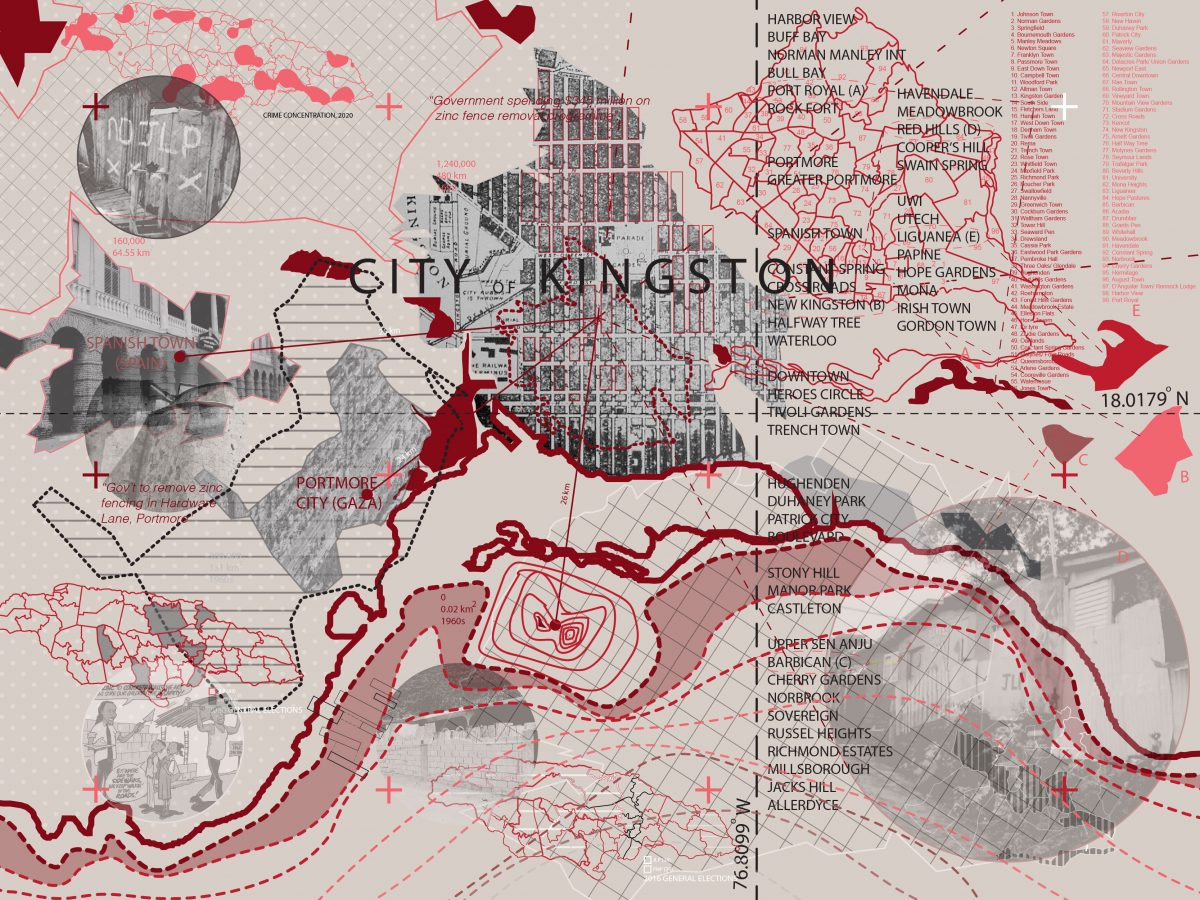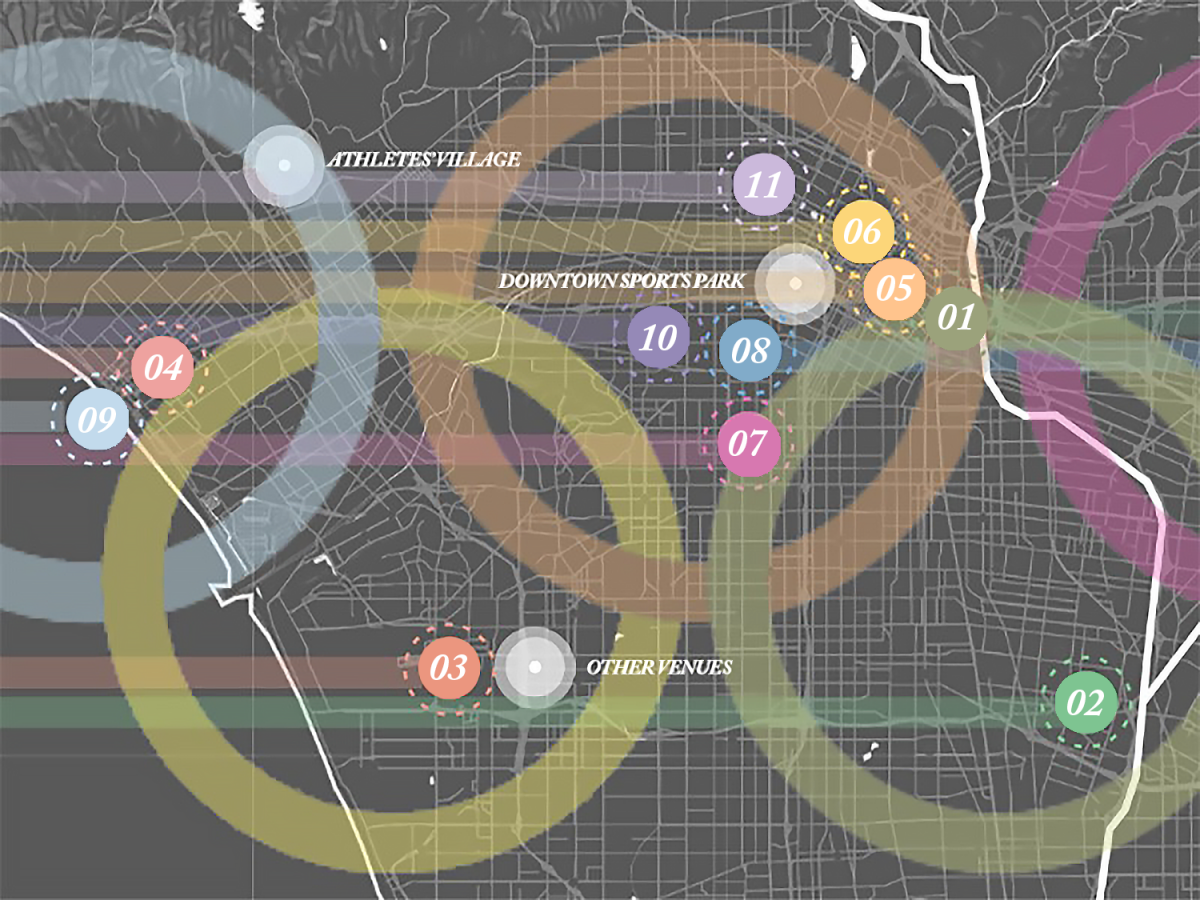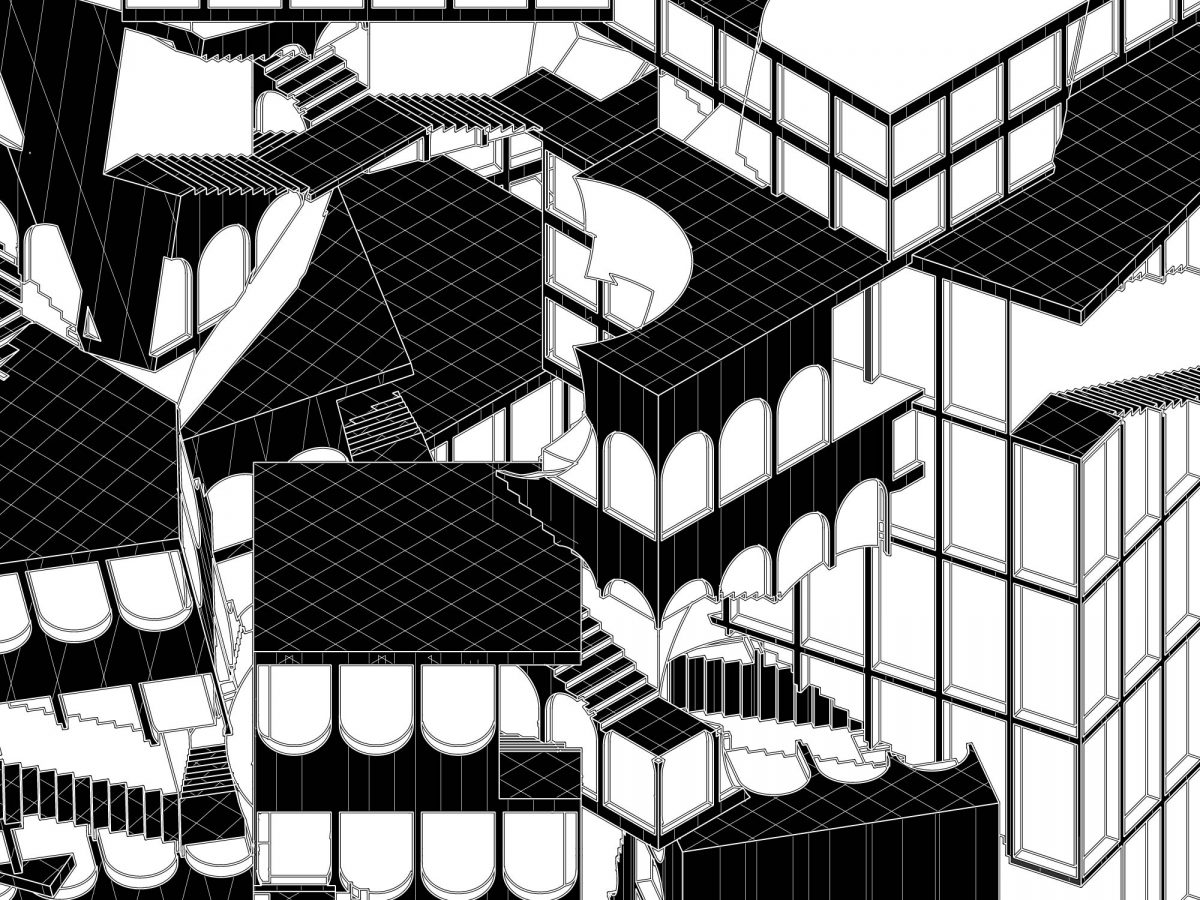Case Study 29: Olympic Village aims to address current and future housing shortages in Los Angeles through leveraging the ideals of prefabrication. Historically, Los Angeles has contributed two important precedents to address mass housing in a time of economic need: both the first Olympic village immediately following the Great Depressions and the Case Study Program immediately following World War II. My thesis project builds on these important milestones unique to Los Angeles, by creating a new Olympic Village for the 2028 Summer Games. Following the festivities, the units will be relocated to become either ADU units for individuals in low-income neighborhoods or mid-size co-living units on small lots owned by the City.
Instructor: Amy Murphy, PhD
Case Study 29: Olympic Village
